Many golf enthusiasts have the same question when using a rangefinder for the first time: Should they aim at the flag or the green? Some people are even worried that the data they see might not be accurate, and as a result, they might choose the wrong club and hit the ball completely off track of their expectations. What is even more distressing is that sometimes the rangefinder clearly gives a number, but one still feels unsure because they are worried that the laser might actually hit the trees or buildings in the background. Indeed, aiming at the wrong target not only affects the data but may also disrupt the entire playing plan. Given this, where exactly should the rangefinder be aimed to truly bring out its value?

The Core Principle And Function Of a Rangefinder
Before answering this question, let's first briefly understand how a rangefinder works. It emits a laser beam, which, upon encountering an object, reflects it back and then calculates the precise distance. It seems simple, but it won't automatically identify the target you want. Instead, it faithfully feeds back the point you aim at.
If the target is a flag, the distance of the flag will be obtained. If you accidentally aim at the trees behind you, the result will naturally be wrong. From this, it can be seen that the key to using a rangefinder is not the accuracy of the device itself, but whether you can aim at the correct target.
Where Should I Aim My Golf Rangefinder?
The answer is actually not complicated. You just need to make a choice based on different scenarios.
When teeing off or hitting from a distance
In such cases, the target is usually far away and can be directly aimed at the flag. If the flag position is not obvious enough, you can also choose the front or back edge of the green. Different aiming points correspond to different hitting strategies. Only by clarifying the target in advance can one better plan the hitting route.
When approaching the green from medium to short distances
The safest way is to aim at the top of the flag. This not only avoids the laser being interfered with by the background but also achieves the closest distance to reality, which is particularly important for hitting the ball that requires precise control.
When there are obstacles or background distractions
Many people are worried that the laser might hit the trees behind the flag. At this point, you should make good use of the flag lock function on the rangefinder. It will prioritize the identification of the flag and help you eliminate other distractions to ensure the reliability of the data.
When the green is not visible
If the flag is blocked by the terrain, you can choose the edge of the green, the edge of the bunker or other obvious reference points. Although it is not an ideal goal, it can still provide a rough range. Combined with empirical judgment, it is still quite practical.

How To Avoid The Aiming Error Of The Rangefinder?
Even if you know how to aim at the target, you may still encounter some troubles. For instance, hand tremors can cause the light spot to be unstable, or it may be suspected that what is measured is the background. In response to these situations, I'll give you a few useful and simple tips
- Try to keep it stable. You can hold it with both hands or choose a rangefinder with anti-shake function.
- Activate the flag priority mode to enable the device to automatically identify the most likely target.
- Measure the same target multiple times and select the most consistent data instead of relying on a single result.
These methods are not only simple and easy to implement, but also can significantly improve the accuracy of distance measurement and avoid accidents at critical moments.

How to Choose Your Aim Point in Real Play?
If different course environments are taken into account, the aiming methods in golf can be even more specific. Here are some useful suggestions:
1. Flat fairway: Aim directly at the flag. This is the most intuitive and accurate approach.
2. Uphill or downhill fairways: The Angle will affect the actual hitting distance. At this time, you can combine the slope compensation function of the rangefinder to obtain more practical data.
3. On windy days: First, accurately measure the distance of the flag, and then adjust the shot based on the wind speed and direction. The distance is accurate, but the landing point still needs to be judged.
4. Green obstruction or visual interference: When the flag is not visible, the edge of the bunker, the edge line of the green or other obvious markers can be used as alternative reference points to ensure that one does not completely lose direction.
With these skills, even in different environments, the rangefinder can still function effectively, aiming at the target you want and truly becoming a reliable helper in your golf skills.

Final Thoughts
If there is one sentence to summarize, it is this: most of the time, target the flag first. In special circumstances, flexibly choose the edge of the green or other reference points. As long as you master this golden rule and combine it with some small tips to avoid errors, you will be able to use the rangefinder more skillfully. This not only boosts your confidence when hitting the ball, but also enables you to better control the rhythm and gradually accumulate your own hitting strategies and experience.

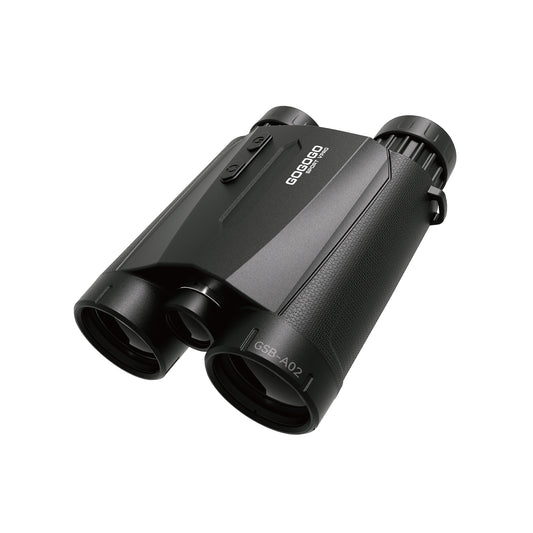
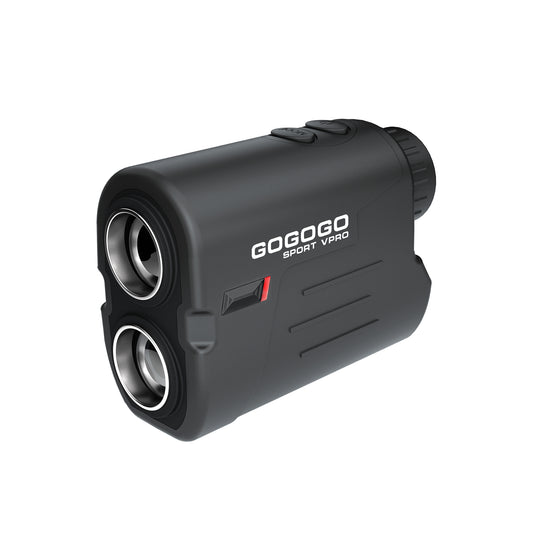
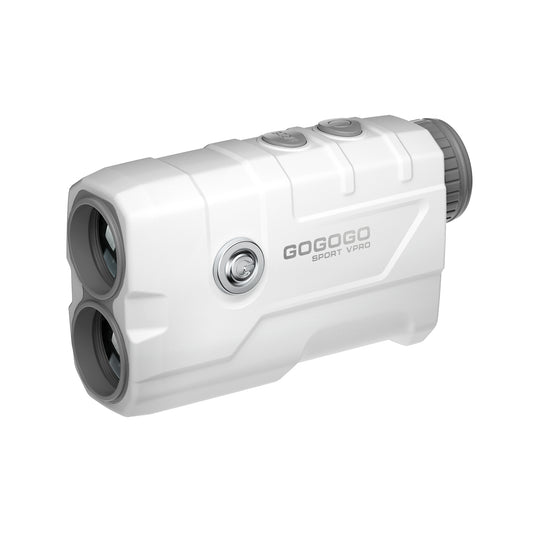
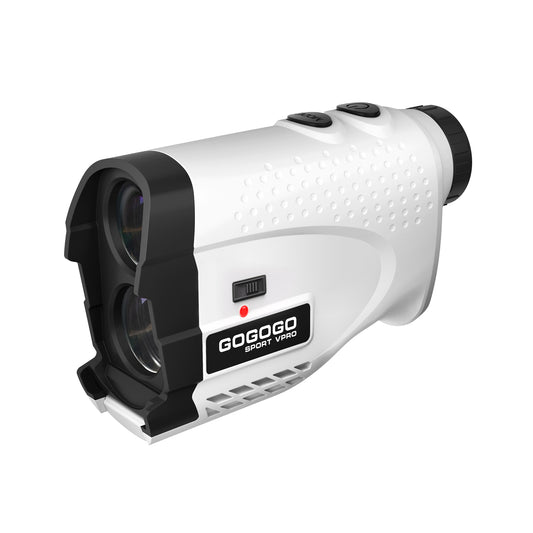
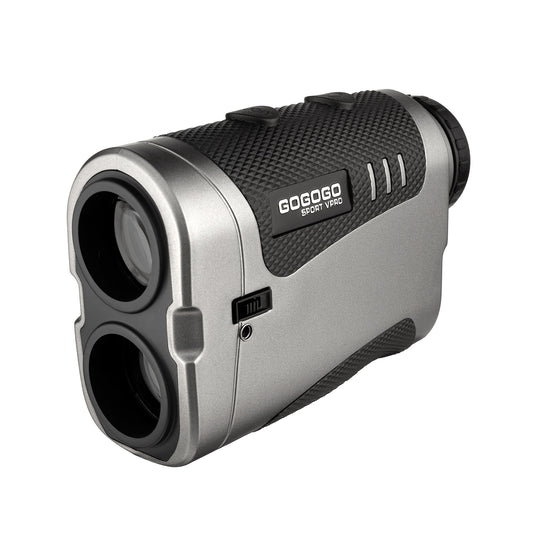
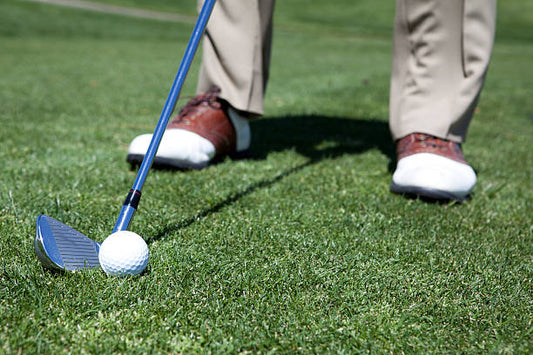
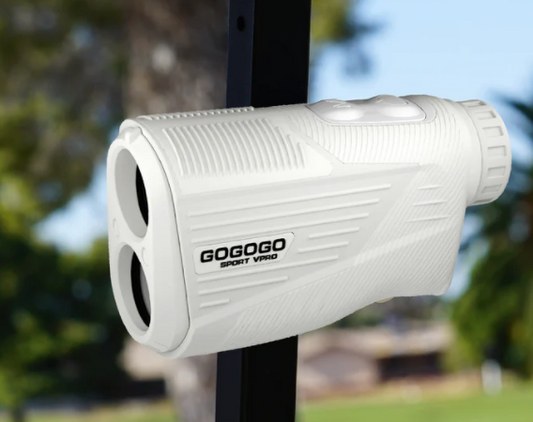
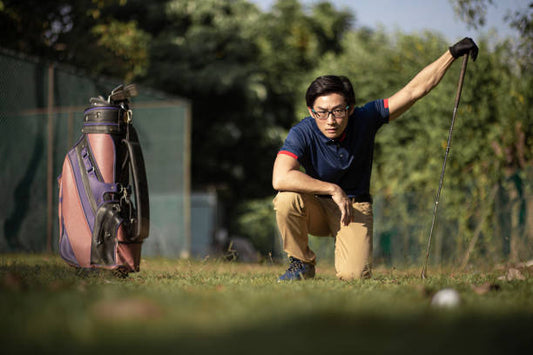
![[2025] The Ultimate Guide to Pinseeker Rangefinders for Golfers](http://gogogosport.com/cdn/shop/articles/gogogo_sport_vpro_pinseeker_rangefinder.png?v=1757993796&width=533)